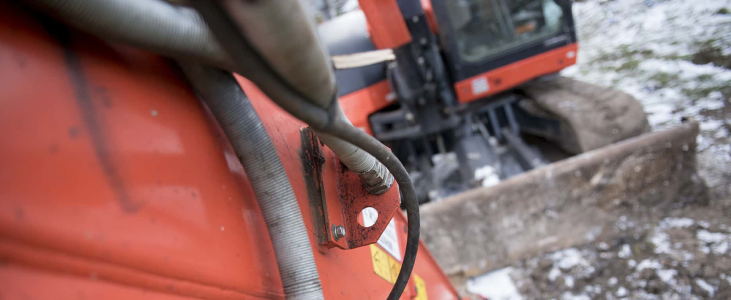68. Understanding remediation works
Understanding remediation works is essential when considering their impact on a property. Remediation works refer to a set of actions and procedures undertaken to address various issues within a building. These works are essential for maintaining the property's safety, structural integrity, and compliance with safety regulations.
They encompass a wide range of activities, such as:
Structural repairs | Remediation works may involve repairing structural elements of the building, such as walls, foundations, or roofs, to address issues like cracks, subsidence, or instability. |
Fire safety upgrades | In some cases, remediation works are necessary to enhance fire safety measures, which could include installing fire-resistant materials, fire doors, or sprinkler systems. |
Hazardous material removal | Properties may require remediation to remove hazardous materials like asbestos, lead-based paint, or mould, which can pose health risks to occupants. |
Waterproofing | Properties may require remediation to remove hazardous materials like asbestos, lead-based paint, or mould, which can pose health risks to occupants. |
External cladding replacement | In situations involving unsafe or combustible cladding materials, remediation may include removing and replacing exterior cladding to meet safety standards. |
Electrical and mechanical upgrades | Upgrades to electrical or mechanical systems may be necessary to ensure they are up to code and safe for use. |
Environmental considerations | Remediation works might also address environmental concerns, such as soil contamination or ecological preservation, to meet regulatory requirements. |
Understanding the nature and extent of remediation works is crucial for both buyers and sellers. Buyers need to be aware of any past or ongoing remediation works to assess potential safety and financial implications. Sellers should disclose this information to provide transparency and ensure legal compliance. In summary, remediation works are a broad category of activities aimed at improving a property's safety, compliance, and overall condition, making them a significant consideration in property transactions.

